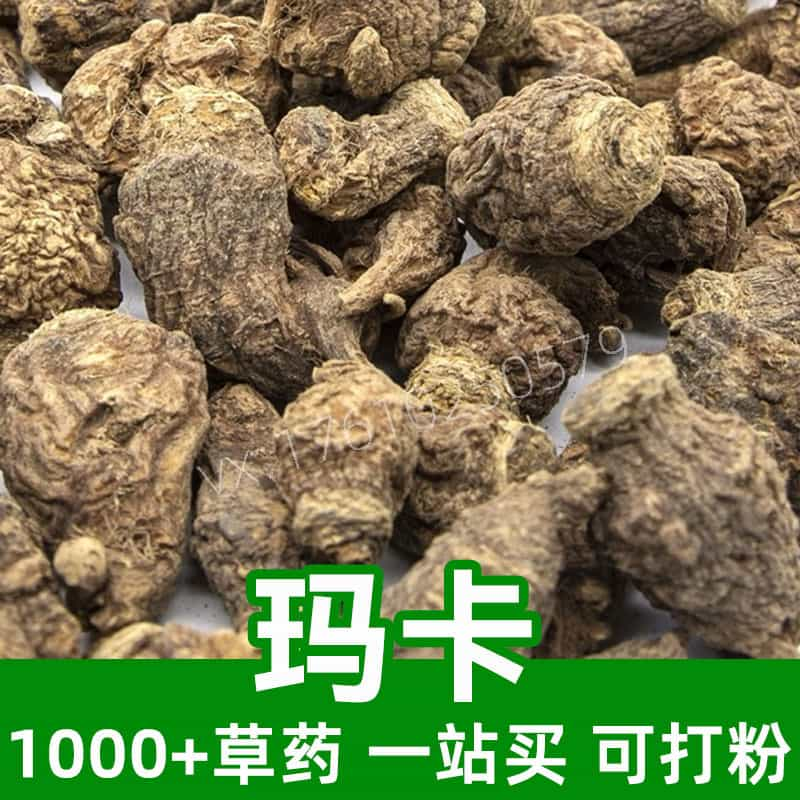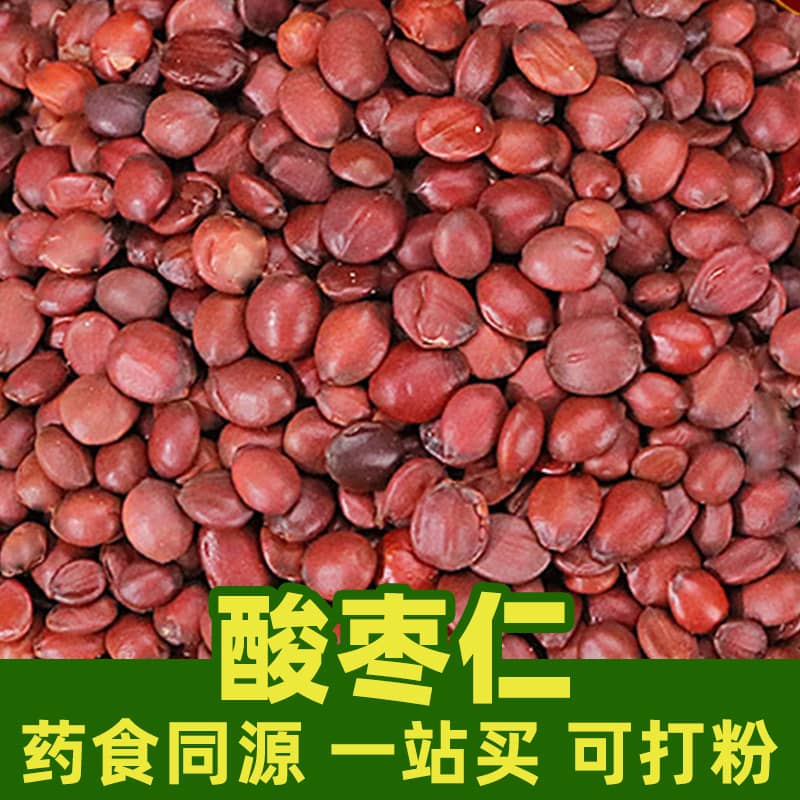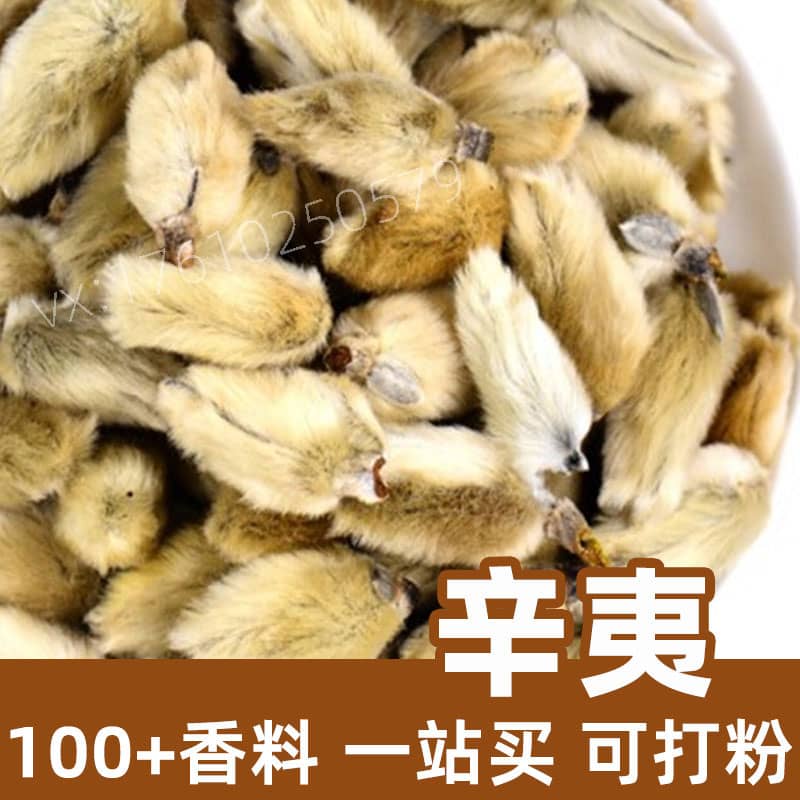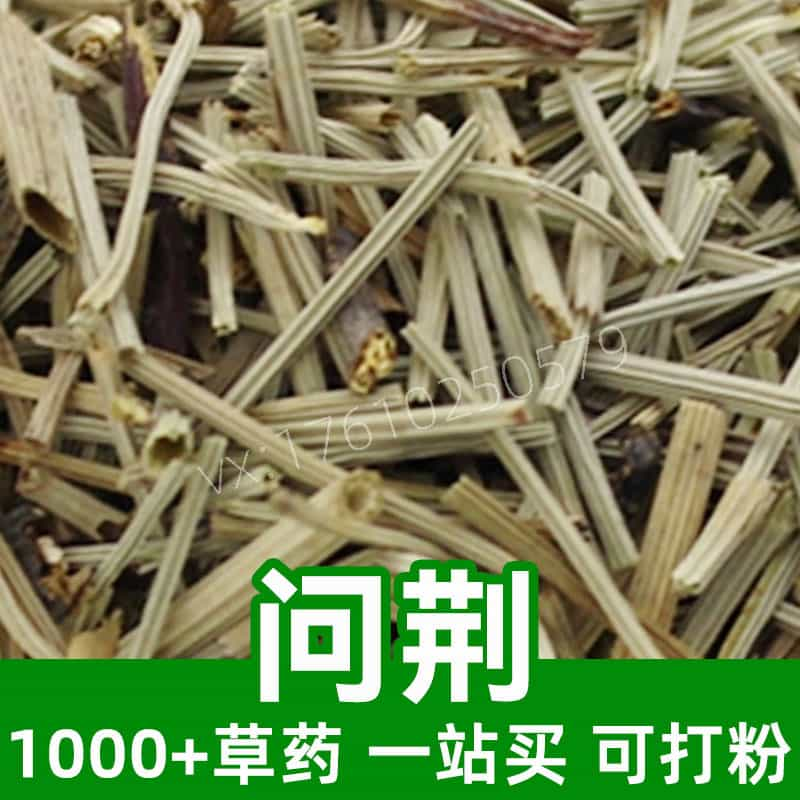Product Introduction
Schizophyllum commune, commonly known as the split gill mushroom, is a distinctive fungus revered for its unique morphology and nutritional benefits. This mushroom is characterized by its split gills, which allow efficient spore dispersal, and a soft, white to pale body that complements various culinary applications. Traditionally utilized in Chinese cuisine, it offers not only a delightful earthy flavor but also various healthful properties attributed to its bioactive compounds.
Originating in tropical and temperate forests, Schizophyllum commune thrives on decaying wood, making it a decomposer that plays a significant role in forest ecology. This species has a global distribution, making it readily accessible for foragers and herbalists alike. Its medicinal attributes, often highlighted in traditional herbal practices, involve the use of its fruiting body and mycelium, aligning with TCM principles emphasizing balance and support for bodily functions.
Overall, Schizophyllum commune is emerging as a valuable addition to both cuisine and herbal medicines, appealing to health-conscious consumers seeking natural solutions. Its versatile applications extend beyond the plate, aligning with holistic health practices that many are turning to today.
Main Active Ingredients
The primary active ingredients in Schizophyllum commune include a variety of polysaccharides, which are complex carbohydrates known for their immune-modulating properties. Among these, beta-glucans are particularly notable for their capability to enhance the body's immune response and promote overall wellness. Additionally, ergosterol, a sterol present in fungal cell membranes, is converted into vitamin D upon exposure to ultraviolet light, contributing to the overall nutritional profile of this mushroom.
Schizophyllum commune also contains various amino acids, vitamins, and minerals that play essential roles in maintaining health. These include B vitamins, which are crucial for energy metabolism, and antioxidants that help protect cells from oxidative stress. The unique composition of this fungus has drawn considerable interest from researchers and practitioners exploring its potential health benefits.
Furthermore, several secondary metabolites found in Schizophyllum commune are believed to exhibit antimicrobial and anti-inflammatory properties. These characteristics make the mushroom an intriguing subject for both culinary exploration and functional food development, as it may enhance the nutritional value of meals while supporting overall health.
The bioactive compounds present in Schizophyllum commune have prompted scientific investigations into their effects on human health. However, it's essential to approach its use holistically, considering diet and lifestyle factors for optimal results.
Product Application Scenarios, Usage, and Dosage
In traditional Chinese medicine (TCM), Schizophyllum commune is valued for its ability to nourish and strengthen the body. The mushroom's properties are often harnessed in herbal formulations aimed at enhancing vitality and boosting the immune system. It is believed to be particularly beneficial for those recovering from fatigue or seeking to enhance their overall well-being.
When incorporating Schizophyllum commune into daily routines, it can be consumed in various forms. Dried mushroom pieces can be brewed into teas or added to soups and stews, imparting a delicate flavor while maximizing its nutritional contributions. In powdered form, it can be integrated into smoothies or sprinkled onto dishes as a health-enhancing seasoning.
While no specific dosage has been universally established for Schizophyllum commune, traditional practices suggest starting with moderate amounts (approximately 1 to 2 grams of dried mushroom per day) and adjusting based on individual needs and reactions. Those who are unfamiliar with consuming fungi should consider consulting with a healthcare professional or qualified herbalist for personalized guidance.
In culinary settings, the versatility of Schizophyllum commune opens up opportunities for it to be included in various dishes, ranging from stir-fries to vegetarian patties. Its mild flavor profile makes it an excellent choice for enhancing the taste and nutritional content without overpowering other ingredients.
Users are advised to approach the use of Schizophyllum commune with mindfulness, recognizing it as a supplementary component of a balanced diet rather than a stand-alone solution.
Introduction to the Source Plant, Distribution, and Growth Environment
Schizophyllum commune is a ubiquitous species of fungus found across the globe, thriving primarily in moisture-rich, temperate, and tropical forest ecosystems. This mushroom is particularly abundant in areas where decaying wood is prevalent, such as fallen trees and logs, as it plays a vital role in the decomposition process. Its ability to break down lignocellulosic materials contributes to nutrient cycling within forest environments.
The growth conditions for Schizophyllum commune are ideal in warm, humid climates, where it can be found flourishing year-round. However, its occurrence is not limited to tropical regions; it has been documented in various temperate zones as well, demonstrating adaptability to differing environmental conditions. This wide distribution is coupled with its impressive resilience, enabling it to thrive in a range of substrates, including wood, organic matter, and even soil.
The split gill mushroom tends to fruit during damp conditions, often appearing in clusters, creating striking visuals in the forest underbrush. Its fruiting bodies, notably characterized by the split gills that give it its name, can be harvested for culinary and medicinal uses. As an integral component of its ecosystem, Schizophyllum commune is both ecologically significant and humanly beneficial, leading to its appreciation across cultures.
Local foraging traditions continue to celebrate Schizophyllum commune, highlighting its dual role as a wild food source and a natural medicine. As interest in sustainable and foraged foods grows, this mushroom finds itself in the spotlight, appealing to both culinary enthusiasts and health-oriented consumers alike.
Harvesting, Processing, and Storage
The harvesting of Schizophyllum commune is generally performed during its fruiting season, often in late summer to autumn when it is most visibly abundant. Foragers typically collect the fruiting bodies gently to minimize disturbance to the mycelium, the vegetative part of the fungus that resides in the substrate. Proper identification is vital, as numerous fungi share similar characteristics; therefore, using reliable guides or consulting with mycologists can ensure safe foraging.
Once harvested, Schizophyllum commune should be processed to preserve its quality. Cleaning involves gently brushing off any debris and excess dirt rather than washing, as moisture can lead to rapid spoilage. Depending on its intended use, the mushroom can be dried, sautéed, or used in broths. For drying, the mushrooms should be sliced thinly and arranged on drying racks or in dehydrators, maintaining airflow to ensure even drying without mold growth. When fully dried, Schizophyllum commune can be stored in airtight bags or containers.
Storage conditions are crucial to maintain the mushroom’s potency and flavor. It is advisable to store dried Schizophyllum commune in a cool, dark, and dry environment, as exposure to light and humidity can degrade its quality over time. Sealed containers or vacuum-sealed bags can extend shelf life significantly.
In addition to dried forms, Schizophyllum commune can also be prepared as tinctures or extracts, which increase the concentration of its active compounds while allowing for versatile applications. Clear labeling is essential, especially if storing multiple medicinal herbs together.
In summary, responsible harvesting, proper processing, and maintaining appropriate storage conditions are key to enjoying the enduring benefits of Schizophyllum commune, whether in culinary or medicinal applications. As sustainable practices gain traction, foraging and careful handling of this remarkable fungus will remain at the forefront of ecological and health-conscious efforts.
Monica Sun is a seasoned expert in the natural raw materials industry, with over a decade of experience specializing in traditional Chinese medicinal herbs, spices, and fungi. She is skilled in the sourcing, processing, and application of these materials, emphasizing sustainability and innovation. Monica Sun has contributed to the development of high-quality natural raw materials that serve as essential components in functional foods, pharmaceuticals, and cosmetics, delivering tailored solutions to meet diverse market needs.
















